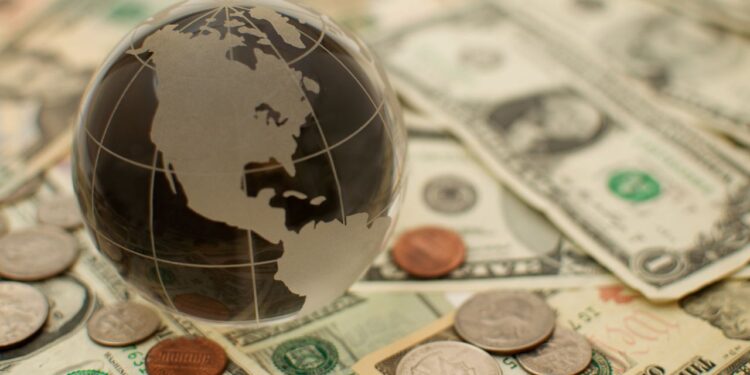The US is bracing for an impending recession, which actually might be what’s needed allow for a decline in real US interest rates, and a reliable weakening of the dollar.
The US experienced recessions in 1990 and in 2007, which both meant a meaningful loosening of US monetary conditions, which helped to trigger capital inflows to emerging economies.
The recent tightening of US monetary conditions has had some negative consequences for emerging economies. For example, it has eroded their access to international capital markets, increased the risk of debt default (especially for low-income countries) and has destabilized their currencies. This has pushed price stability out of reach further from most central banks.
The two US recessions and subsequent “booms” in capital flows to developing countries were not completely the result of loosened US financial conditions because there were other factors at play.
“The trick will be to make sure that any post-US recession boom in such flows doesn’t, as in the past, turn to bust,” according to Financial Times.


 Dr. Gleb Tsipursky – The Office Whisperer
Dr. Gleb Tsipursky – The Office Whisperer Nirit Cohen – WorkFutures
Nirit Cohen – WorkFutures Angela Howard – Culture Expert
Angela Howard – Culture Expert Drew Jones – Design & Innovation
Drew Jones – Design & Innovation Jonathan Price – CRE & Flex Expert
Jonathan Price – CRE & Flex Expert











